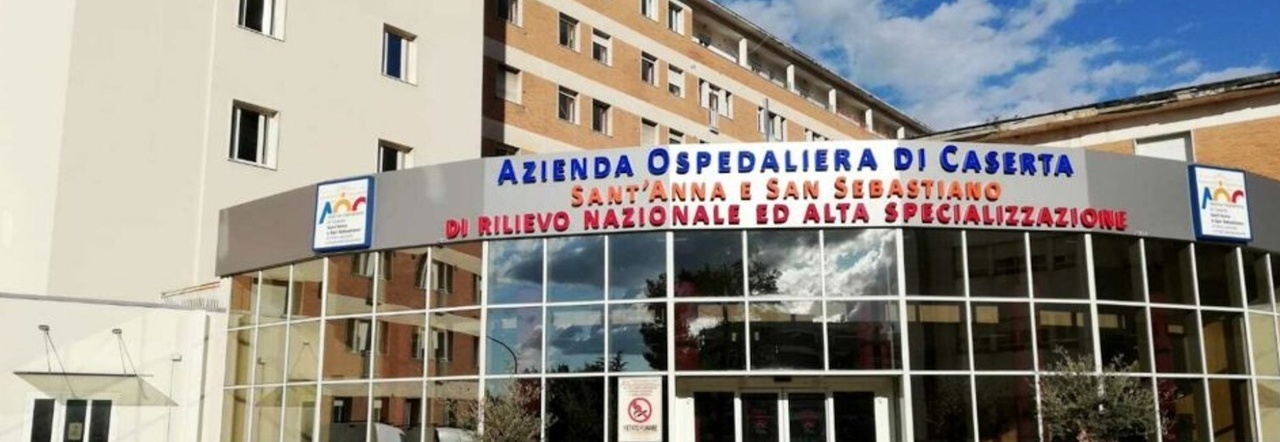Psycho-Educational Activities for Diabetic Children at the Royal Palace of Caserta

Friday 3 May 2024, 15:35
2 Minutes of Reading
Two Sunday walks, on the 5th and 19th of May, in the gardens of the Park of the Royal Palace of Caserta with psycho-educational activities for diabetic children. The initiative is by the hospital company 'Sant'Anna e San Sebastiano' of Caserta which launches the second edition of the 'Reggia' Project (which stands for regulating, educating on the management of glycemia together with art), aimed at improving the quality of life of children affected by diabetes mellitus and their families, focusing on the combination of health and art, on the promotion of psycho-physical well-being through the enjoyment of art and nature. The project arises from the collaboration between the simple operational unit of Diabetology and pediatric endocrinology, coordinated by Filomena Pascarella, the Royal Palace of Caserta, the Municipality, and the volunteer association 'The Island That Isn't There'. The young diabetic patients, accompanied by their parents and the Diabetology team, will carry out a series of activities, some aimed at better managing the chronicity of the disease from both a psychological and nutritional point of view, others related to culture and nature in the perfect synthesis expressed by the excellence of the Royal Park. 'In our hospital,' emphasizes Filomena Pascarella, 'we currently follow about 150 patients aged between 1 and 18 years. Type 1 diabetes represents the most frequent endocrine-metabolic disease of pediatric age, which interferes in every aspect of life and experiences of the child. To assist a diabetic child effectively,' the specialist points out, 'it is necessary, therefore, not only to guarantee prevention, diagnosis, treatment, but also to stimulate him with targeted psychological and psycho-educational interventions, which can help him live serenely with the chronic nature of the disease.'
© ALL RIGHTS RESERVED
This article is automatically translated
This article is automatically translated
